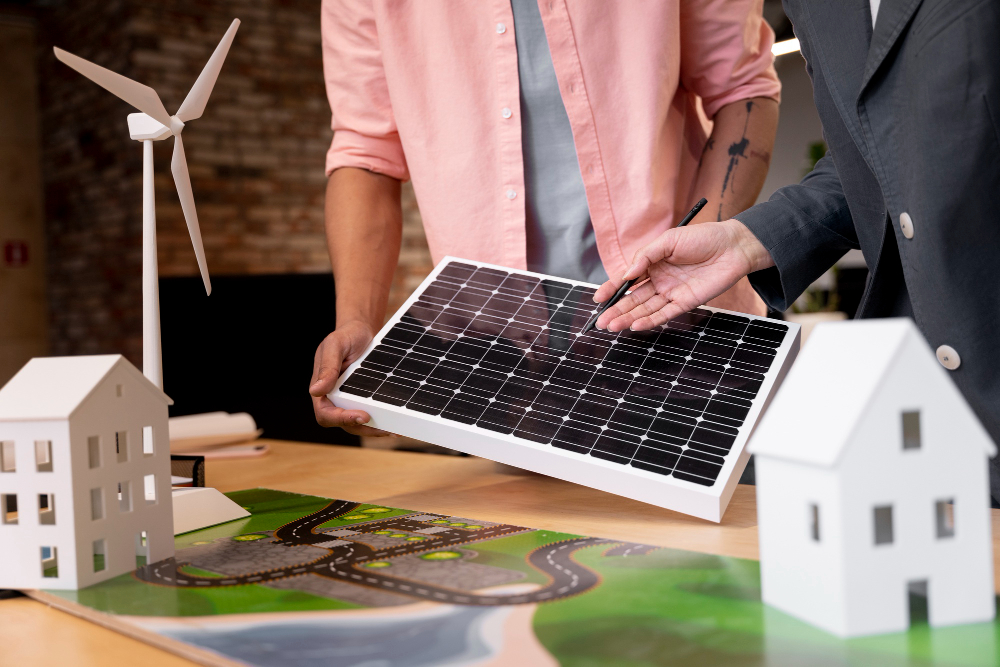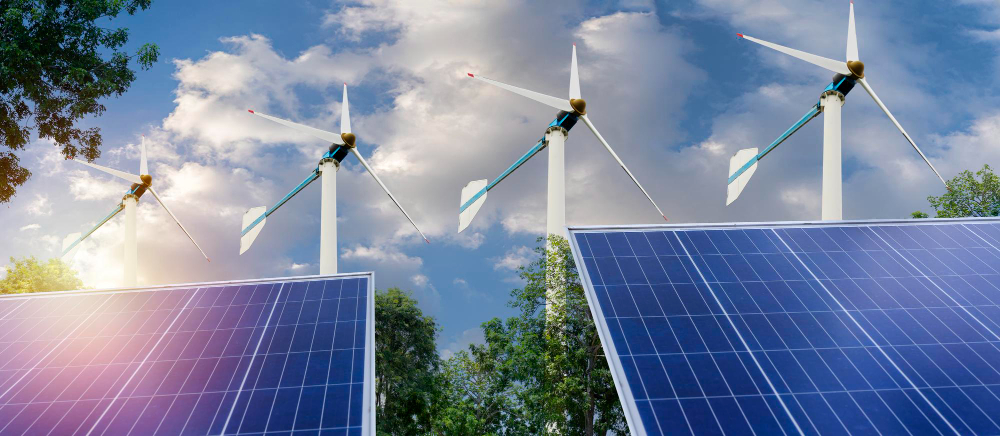Last updated on
We have all heard people talking about clean energy, but do we really know what it is? Here are the top 5 types of renewable energy sources.
Clean energy is most often referred to as renewable energy. This utilizes power from natural sources, which means if the natural cycle continues, the source is constantly replenished. There are different examples of renewable energy around us, and a lot of people are starting to use it in their daily lives. This is because apart from helps save the environment from pollution, it also allows them to save more. If you want to have a deep understanding of the different renewable energy sources you can use, read on.
Can you believe that there are several renewable energy sources around you? Let us get to know each one and discover how they work.
Solar Energy
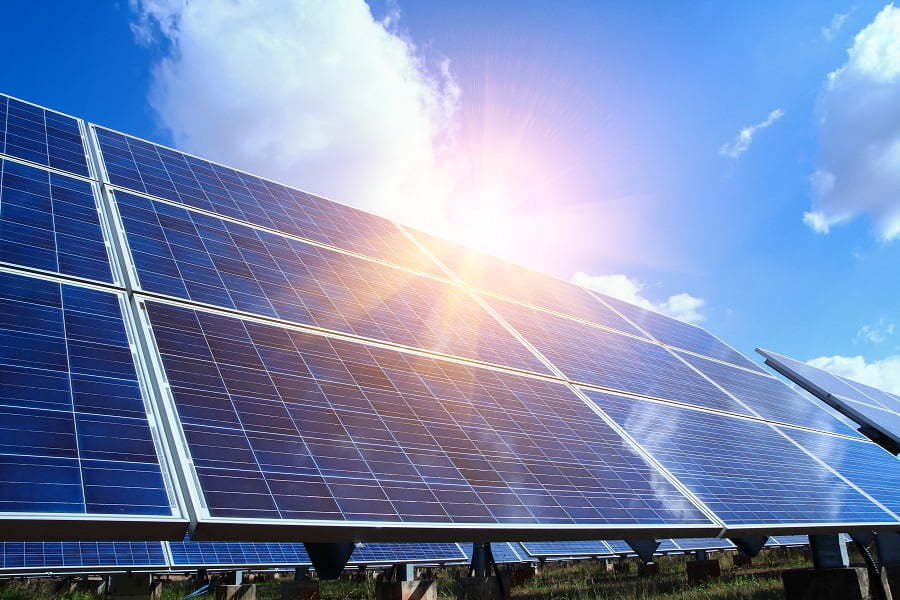
This is the most popular type of renewable energy. This utilizes radiant energy from the sunlight and converts it into electricity, hot water, and heat. As it comes from sunlight, we can say that it is limitless. Using solar energy for power generation will help you save more on your energy bills and will preserve environmental and public health interests. The only downside of it is that it may take a considerable sum of money for the initial investment and setting up.
Hydroelectric Energy
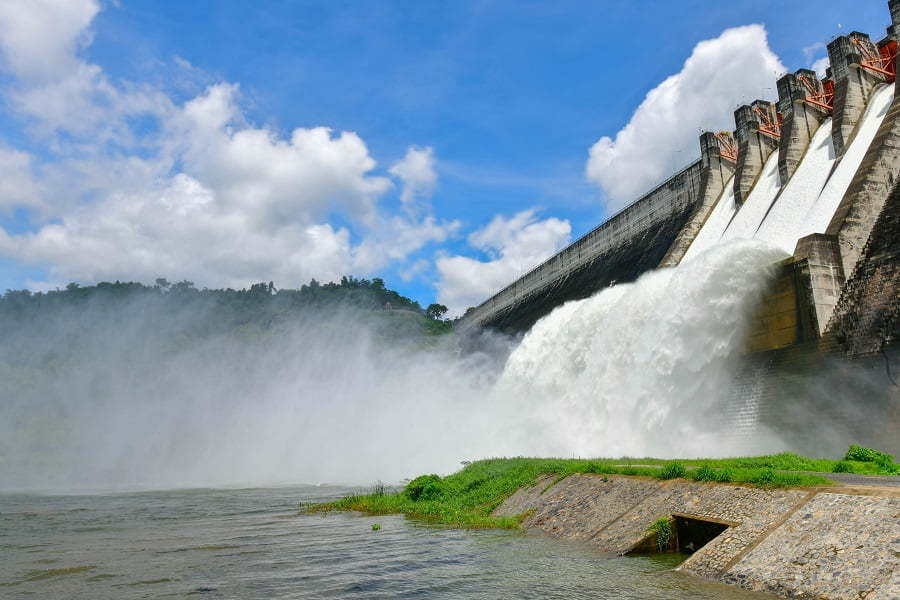
If you are looking for a versatile renewable energy source that can cater to large-scale projects, you must check hydroelectric energy. This is usually produced in dams where water runs through the turbines and is converted to electricity. It is often seen in streams and small rivers in the form of dams and underwater turbines. This is eco-friendly, but it requires the use of fossil fuels. Though a convenient and non-air polluting source, it does affect waterways which can cause a disruption in the ecosystem.
Wind Energy

When we speak of wind power, we are talking about the energy generated by a wind turbine. This device has blades that are moved by the wind. It is connected to a rotor that spins continuously as the wind blows, thereby generating electricity. This is commonly seen in farms and rural areas. It does not create air pollution, but it does occupy skylines and produce noise as it operates. It somehow poses a threat to wildlife like birds as turbines may strike them as they fly along its area. Though a good energy source, its ideal locations are usually in remote places and may not reach areas such as cities that need it.
Geothermal Energy
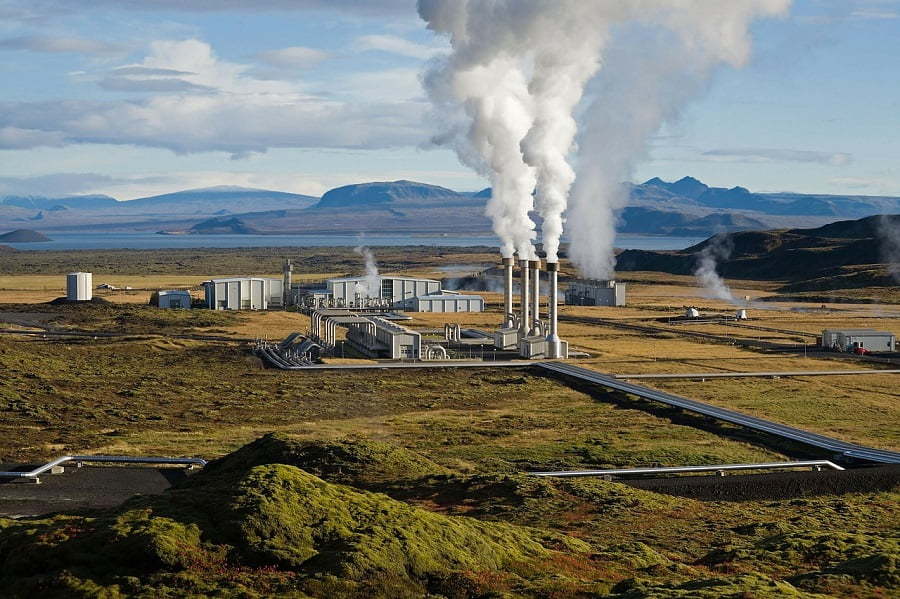
Mostly known for producing energy supply, geothermal energy entails the process of capturing and utilizing the heat stored under the earth. This is done by placing a water pump below the surface as it produces steam that is used to operate turbines. The pump and the turbines are placed underground, so you do not have to worry about having them exposed. This does not deplete as the heat underneath the earth’s surface does not, but the expense needed to build one will cost a lot. Unfortunately, most of these structures are affected by natural phenomena like earthquakes.
Ocean Energy
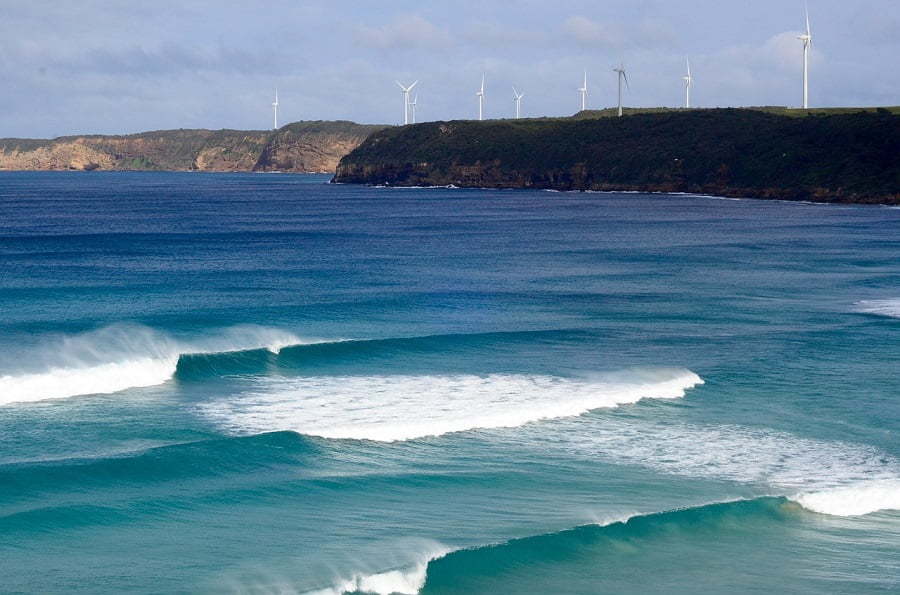
When we speak of this, we are talking about mechanical and thermal energy. Warm water surface temperatures are needed for ocean thermal energy, while tides and ebbs are used for mechanical energy. Overall, this wave energy is easily accessible for populations living near the ocean. It is consistent, predictable, and easy to estimate. It is powerful and can produce power for a large area. However, utilizing this energy poses a risk to the ecosystems and sea creatures. When planning to use this type, the only factor that should be considered would be the weather, as changes to it may affect the ocean’s waves and risk producing lower outputs.
Conclusion
There are a lot of renewable energy sources available on our planet. Apart from those mentioned above, you will find hydrogen and biomass among the others. As these are all accessible for use, we just must know which one is suited for our purpose. These types of energy can improve lives, help us save more, and care for nature better. However, alongside each benefit lies a series of risks and downsides that should also be considered. As long as we remain responsible for our actions, utilizing these renewable energy sources will be smooth and easy.
Related reading:
Table of Contents

